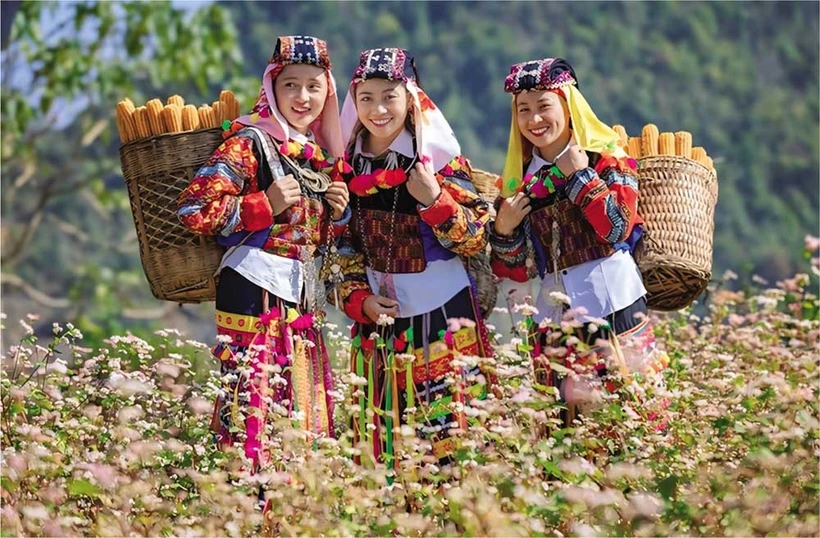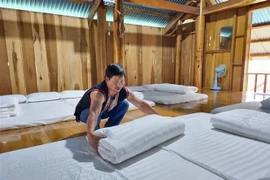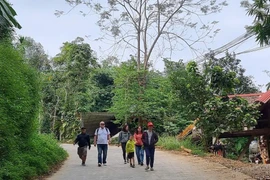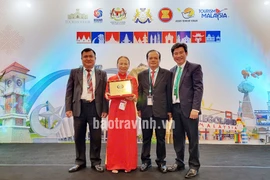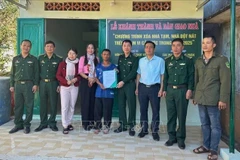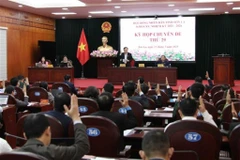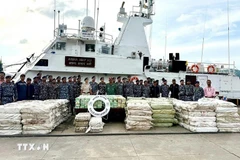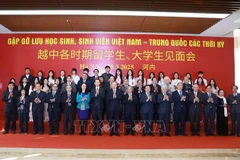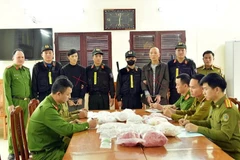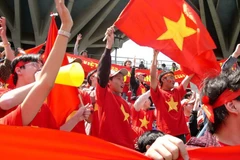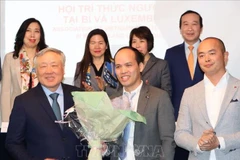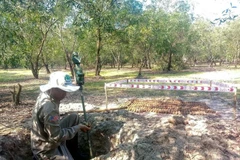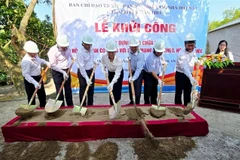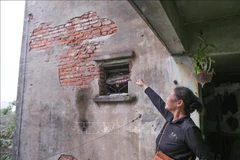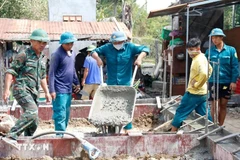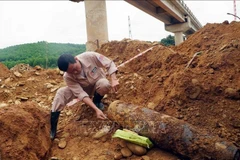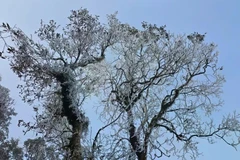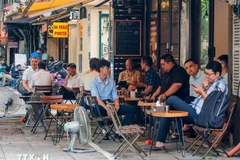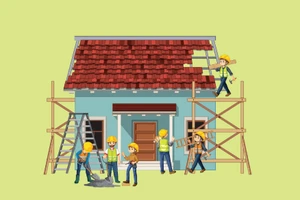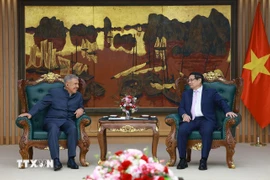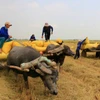Hanoi (VNA) – Tourism, particularly community-based tourism, has significantly improved both the material and spiritual lives of ethnic minority communities in the northernmost mountainous province of Ha Giang.
From rugged rocky slopes to opportunities for breakthrough
In Ha Giang—where rocks outnumber soil and poverty has gripped ethnic minorities for generations, many once saw migration as the only way to make a living. However, with tourism development, the lives of the Mong, Dao, Tay, and Lo Lo people have changed thanks to developing homestay and tourist services.
Winding mountain roads, “nha trinh tuong' (rammed earth houses) nestled among limestone peaks, bustling markets filled with colourful brocade skirts, and the echoing sound of "khen" (flute) of Mong ethnic people, all come together to create a Ha Giang that is both majestic and poetic.
In just a decade, Ha Giang has transformed from a little-known stop for a few thousand visitors into a dream destination for millions. In 2024, the locality welcomed almost 3.3 million tourists, 8.8% higher than that recorded in the previous year, generating over 8.1 trillion VND (over 317 million USD) in revenue.
Compared to 2014, tourist arrivals in Ha Giang have multiplied five times while tourism revenue has grown seven-fold.
No longer a "sleeping land" among the rocks, Ha Giang has awakened. Beyond the statistics, the greatest transformation lies in the changing lives of local residents.
Once a farmer working tirelessly in his cornfields, Giang Mi Lu in Lung Cu commune, Dong Van district, now runs one of the most popular homestays in Lung Cu, which features a spacious terrace, a cozy fireplace, and authentic local cuisine.
Lu said that his homestay welcomes around 400–500 visitors per month, earning five to seven times more than before.
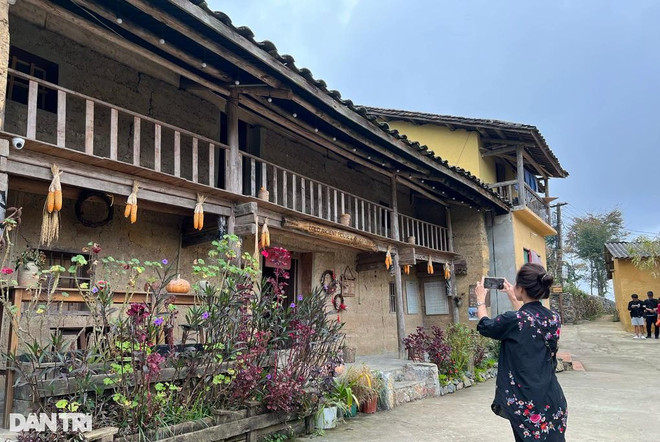
A tourist takes pictures of a homestay in Lo Lo Chai village, Ha Giang province. (Photo: dantri.com.vn)
Not just Lu’s family, across Dong Van, Meo Vac, and Hoang Su Phi districts, hundreds of ancient rammed earth houses and charming wooden homes have been transformed into cozy homestays, attracting visitors. Ha Giang now boasts over 300 homestays, with 70% of those run by ethnic minority people.
Special tourism ambassadors
Traditional markets also reflect the positive changes in local communities. In Dong Van district alone, there are nine markets—six along the border and three inland—attracting over 2,200 small traders.
Hoang Thi May, a resident in Pho Cao commune, Dong Van district, is one of many small traders whose lives have improved thanks to tourism. Previously, she only wove linen fabric for her family’s clothing, but now her products are exported to Japan and Europe.
May shared that tourists love her handmade scarves and dresses. She sells 50–100 items per month, earning a much more stable income than farming.
Alongside providing homestay services and trading in local markets, a rising profession in Ha Giang is motorbike touring for travellers. Vang Mi Pao in Dong Van town now becomes a professional guide and driver. Each day, he takes visitors on breathtaking mountain roads.
"I never imagined I would one day talk to foreigners and introduce them to my hometown. But now, every day, I chat with visitors, take them around, and show them the most beautiful views of Ha Giang," Pao said, adding that this job helps him earn 8–10 million VND per month.
Statistics show that the province now has over 100 motorbike rental spots, with thousands of locals working as motorbike tour guides.
From arid cornfields and a life tied to the mountains, the ethnic minority communities of Ha Giang have embraced the changes. Tourism not only provides them with stable income but also helps preserve their cultural identity and turn them into ambassadors in promoting the image of their hometown./.
